Absolute Rheumatology Review
Absolute Rheumatology Review
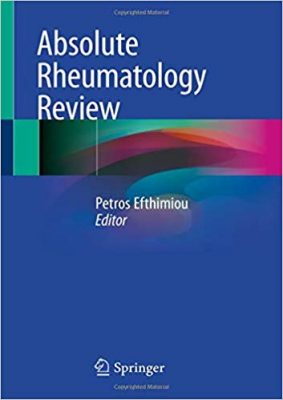
Absolute Rheumatology Review
DOWNLOAD THIS BOOK
FOR MORE BOOKS VISIT EDOWNLOADS.ME
Medical Books Library for Doctors, Physicians, Surgeons, Dentists, Intensivists, Physician Assistants, Nurses, Medical Technicians and Medical Students
Medical books library


Absolute Rheumatology Review
FOR MORE BOOKS VISIT EDOWNLOADS.ME
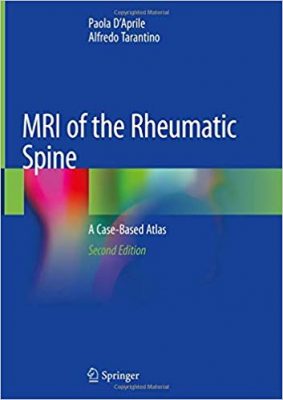
MRI of the Rheumatic Spine: A Case-Based Atlas 2nd ed
Inflammatory pathology of the spine is an underestimated, but widespread condition among the population. This atlas shares essential information and case studies on key aspects of MRI for rheumatic inflammatory lesions of the osteoarticular structures of the spine, offering radiologists and clinicians a valuable guide to the management of patients with inflammatory back pain. In particular, this richly illustrated and comprehensive case-based atlas documents the MR findings observed in seronegative spondyloarthritis and rheumatoid arthritis of the cervical spine, providing guidelines on selecting the appropriate imaging protocol.
The book is divided into two main parts, the first of which describes the general, clinical and radiological aspects of both spondyloarthritis and, as a new entry in the second edition, rheumatoid arthritis of the cervical spine. The second part then presents cases of spondylitis; discitis; facet joint and costovertebral osteoarthritis; sacroiliitis and rheumatoid arthritis of the atlanto-axial joint, including concise clinical and radiological information and a wealth of high-resolution images.
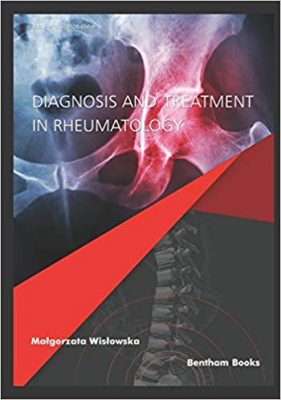
Diagnosis and Treatment in Rheumatology
Diagnosis and Treatment in Rheumatology is a clear and concise handbook of all rheumatic diseases. The book presents organized information about current diagnosis, treatment and statistics (where available) of diseases such as rheumatoid arthritis, spndyloarthropathies, gout, systemic lupus erythromatosis, osteoarthritis, myositis and much more. This reader friendly format and up to date information is easily accessible for rheumatology residents and medical students, making the book an ideal reference for study and practice.
FOR MORE BOOKS VISIT EDOWNLOADS.ME
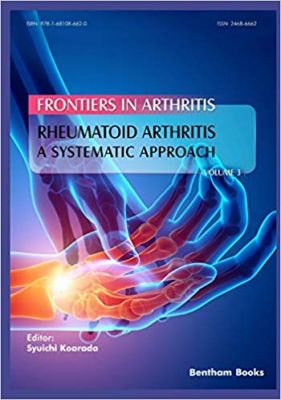
Rheumatoid Arthritis: A systematic approach (Frontiers in Arthritis)
Rheumatoid Arthritis: A systematic approach provides readers with a simple but high quality diagnostic interpretation of clinical images of rheumatoid arthritis. The authors present a systematic approach to explaining the topics related to rheumatoid arthritis with the aid of medical images. • Presents information in the ABCDEGFG methodology (A: alignment, B: bone, C: cartilage, and D: distribution, E: extra-bone, F: further examination, and G: goal) • Illustrates a broad range radiographic imaging techniques such as plain radiography, magnetic resonance imaging (MRI), CT, scintigraphy, PET-CT, ultrasound, and clinical photographs. • Explains topics in a simple pictorial essay format The book is a simplified reference for medical students studying rheumatology and orthopedics as well as interns in radiology who seek to learn about the finer details of diagnostics in these specialties.
FOR MORE BOOKS VISIT EDOWNLOADS.ME
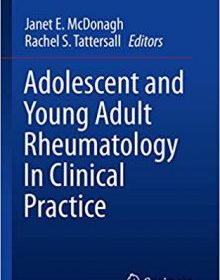
This concise guide takes a practical approach to adolescent and young adult (AYA) rheumatology, aiming to cover the needs of any healthcare professional dealing with young people aged 10-24 years. Each chapter contains key management points for readers to readily access disease-specific management as well as highlighting specific AYA issues which differ from pediatric and adult practice.
The coverage is comprehensive but concise and designed to act as a primary reference tool for subjects across the field of rheumatology.
The book is designed for pediatric/adult rheumatologists, primary care physicians, nurses, allied health professionals and other professionals to understand each topic covered and to take a practical approach to delivering developmentally appropriate rheumatology health care.
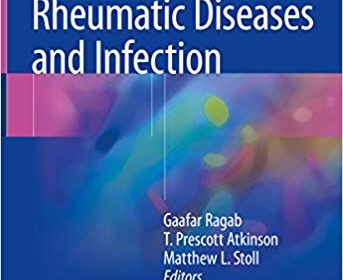
This book discusses the role of the microbiome in rheumatic diseases and details its implications for patient treatment. Recently, with technological advances, there has been significant research into the microbiome. This has enabled us to more profoundly understand its role in our immune system maturation as well as the role played by microorganisms in autoimmunity and the deeply related rheumatic diseases. This book comprehensively explains the emerging microbiome research through the interrelationships of biomedical sciences, including: immunology, microbiology, bioinformatics, and, with special emphasis, the clinical aspect of rheumatology. It examines the interplay between infectious organisms and major autoimmune diseases, including rheumatoid arthritis, psoriatic arthritis, juvenile arthritis, systemic lupus erythematosus, and vasculitis, and explains how to apply that knowledge to diagnostic techniques and treatment decisions. The international team of expert authors provides insight into current therapies and future interventions specifically targeting the microbiota and explores the impact of our deeper understanding on enhancing personalized medicine. The Microbiome in Rheumatic Diseases and Infection is an essential resource for rheumatologists, pediatricians, internists, microbiologists, and critical care providers caring for children and adults with rheumatic diseases.
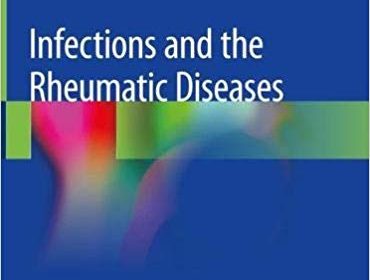
This book provides a comprehensive and up-to-date review of the basic and clinical aspects of infections and infectious processes that trigger or aggravate a variety of autoimmune and inflammatory musculoskeletal disorders. It delivers a timely update on the interactions between infection and rheumatic diseases in order to provide clinicians with the tools they need for proper diagnosis and treatment.
The book is divided into five main sections. The first examines the basic aspects of bacterial infections with a discussion of molecular biology, the microbiome, various types of bacteria that cause infection, and recent advances in biologic therapy. The next section focuses on different forms of viral arthritis including hepatitis arthritis, arthritis associated with alpha viruses, and parvovirus-related arthritis. Subsequent chapters then discuss arthritis caused by mycobacteria, fungi, spirochete, and other miscellaneous arthritides. Following this are various analyzations on reactive arthritis and infection-related rheumatic diseases such as Whipple’s Disease, SAPHO Syndrome, rheumatic fever, and HIV-associated rheumatic manifestations. Finally, the book closes with three chapters on external impacts on infectious diseases such as climate change, vaccinations and systemic lupus erythematosus.
Infections and the Rheumatic Diseases is an essential resource for physicians and related professionals, residents, fellows, graduate students, and nurses in rheumatology, clinical immunology, and internal medicine.
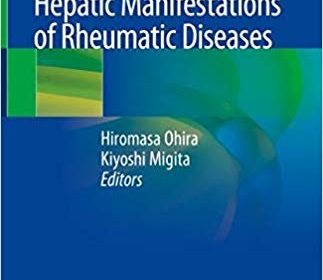
This book presents research outcomes, providing a big picture of rheumatic diseases as systemic conditions, and exploring the correlation between liver dysfunction and gastrointestinal lesions. Each chapter presents the association between major rheumatic diseases and hepato-gastrointestinal lesions, including liver and gastrointestinal involvement in lupus erythematosus, dermatomyositis, systemic sclerosis, Bechet’s disease, and IgG4-related disease. The chapters on PBC-CREST syndrome and immunosuppressive agents broaden readers understanding and enable them to view the diseases from a systematic perspective. Although the disease is rare, it has attracted considerable attention as an intractable disease, and despite the severity of the symptoms, little has been written on the topic. Adopting a multidisciplinary approach, this comprehensive volume thoroughly prepares readers for research in the field of systemic diseases. Gastrointestinal and Hepatic Manifestations of Rheumatic Diseases is a valuable resource not only for hepatologists and rheumatologists, but also clinical residents and medical students.
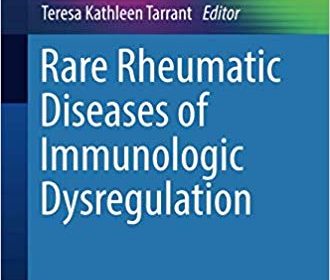
This book is a practical, user-friendly guide for diagnosing and treating patients with rare rheumatic diseases of immunologic dysregulation. Covering uncommon diseases such as IgG4-Related Disease, Castleman’s Disease, and Felty Syndrome, chapters aggregate information from case reports and anecdotal literature to create a single, comprehensive handbook for treating patients. Each chapter provides historical perspective and epidemiology; a literature review (including research trials, translational research, historical and current case reports, and case series); pathogenesis; clinical presentation; laboratory evaluation; imaging; histopathology; treatment; and outcomes. Rare Rheumatic Diseases of Immunologic Dysregulation is an invaluable resource for rheumatologists, rheumatology fellows, and clinical immunologists to better diagnose and treat patients with rare rheumatic diseases.
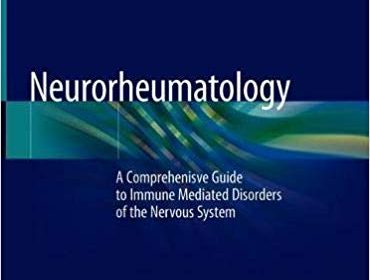
This detailed, practical textbook focuses on immune mediated disorders of the nervous system with particular focus on systemic autoimmune disorders. Divided into three sections, the first discusses the neuroanatomical and pathophysiologic basis of immune mediated disorders of the nervous system. Following this are 25 chapters devoted to individual clinical conditions. To conclude, the final section explains what is known about the mechanisms of immunomodulatory treatments and practical points about monitoring patients on these treatments.
Neurorheumatology: A Comprehensive Guide to Immune Mediated Disorders of the Nervous System bridges the gaps among different branches of medicine and is an indispensable resource for rheumatologists and neurologists looking to develop a firm understanding of these dynamic disorders